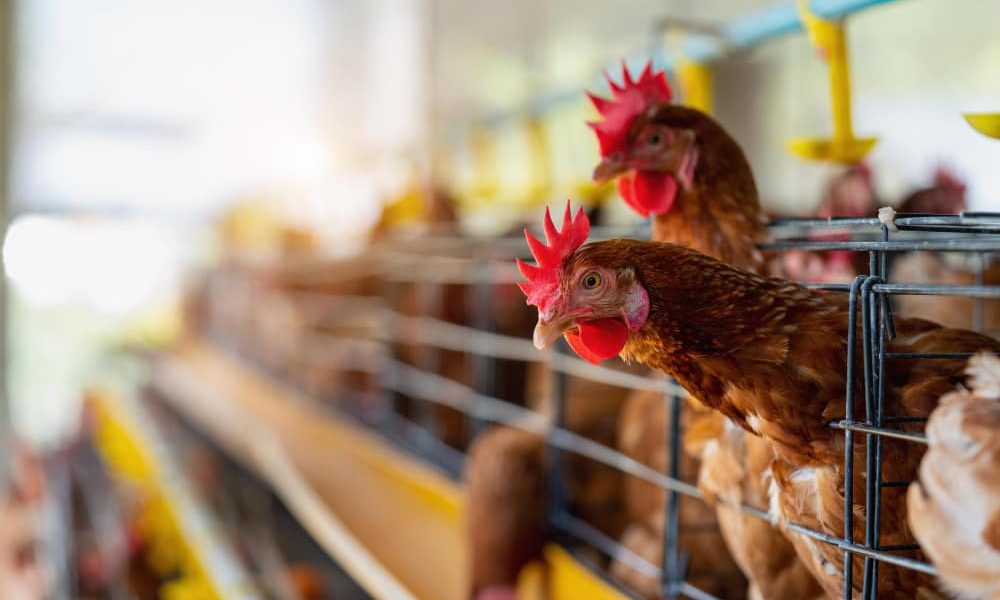
Using a harness to walk your dog offers several advantages compared to a traditional necklace. It can be more comfortable for your pet, offer better control and reduce the risk of injury.
In this article, we will explain how to put a harness on a dog, the benefits of this system, the types of harnesses available and A step-by-step guide to placing it correctly. In addition, we will give you some recommendations to use it and better control your dog without suffering. Go for it!
Why put a harness on a dog: the advantages
Using a harness to walk your dog can offer several benefits, both for you and your pet. Some of the most notable advantages include:
Greater comfort for your dog
A harness distributes pressure more evenly across the dog’s chest and body, which can be more comfortable than a collar, especially if your dog tends to pull on the leash. When it comes to your dog’s comfort during walks, a harness offers significant advantages.
Unlike a collar, which puts pressure directly on the neck, a harness more evenly distributes pressure across the dog’s chest and body. This reduces strain on the neck and can be especially beneficial if your dog has a tendency to pull on the leash. Provide balanced pressure distribution can make walks more enjoyable and comfortable for your faithful companion.
Better control
A harness can give you more control over your dog during walks, which can be helpful for energetic or difficult-to-handle dogs. If you have an energetic dog or one who tends to be a little difficult to control during walks, a harness can give you an added advantage.
By positioning the harness correctly and securing it in place, you will have a more stable and firm attachment point to guide your dog. This will allow you to have better control over his movements and direction, which It is especially valuable in situations where greater attention and obedience are needed by the dog.
Injury prevention
Collars can cause injuries to the neck and trachea if the dog pulls hard on the leash. A harness reduces this risk by distributing the force across the dog’s body. Safety and well-being of your dog are fundamental aspects during walks.
Compared to collars, harnesses reduce the risk of injuries to the neck and trachea if your dog pulls sharply on the leash. By distributing force more evenly across the dog’s body, the harness decreases pressure on sensitive areas and minimizes the risk of damage or injury. This is especially importante for small breed dogs, with a delicate neck or respiratory problems.
Less risk of escape
A dog can escape more easily from an ill-fitting collar than from a harness. Safety and escape prevention are common concerns for pet owners. A well-fitted harness offers greater safety compared to a necklace. Dogs may be more likely to break free or escape from an ill-fitting collar or when exerting a lot of force.
Instead, a harness provides a more secure restraint around the dog’s body, reducing the chances of it escaping. This is especially relevant for more active dogs or those with a natural tendency to try to free yourself from your hold.
Types of harnesses
There are various types of harnesses available on the market., each with its own characteristics and benefits. Some of the most common types include:
chest harness
This type of harness has one strap that fits around the dog’s chest and another that goes under its body. The chest harness is a comfortable and safe option for most dogs and is usually easy to put on and take off.
Back harness
The back harness fits around the dog’s torso and has a strap that connects to the strap at the top of the harness, on the dog’s back. This type of harness can offer a greater control over your dog, especially if he tends to pull on the leash. However, it is important to ensure that it is properly adjusted to avoid the possibility of the dog escaping from the harness.
Control harness
Control harnesses are specifically designed for help control dogs pulling on the leash or who have behavioral problems during walks. These harnesses typically have attachment points on the chest and back, allowing you to choose where to attach the leash based on your dog’s needs.
Step-by-step guide to putting a harness on a dog
Below, we offer you a step-by-step guide to putting a harness on your dog appropriately and safely:
Prepare the harness
Before putting the harness on your dog, make sure it is in the correct position and that all straps are unbuckled or loose. Before you start putting the harness on your dog, it is important that you prepare everything properly.
Make sure the harness is in the correct position and that the straps are unbuckled or loose. This will facilitate the placement process and ensure that the harness fits properly to your pet’s body.
Place the harness on the dog
Place the harness on the dog so that the front of the harness is on his chest and the back of the harness is on his back. Once you have prepared the harness, it is time to put it on your dog. Make sure the front of the harness is positioned across your chest of your pet and the rear part on its back. This way, the harness will be correctly positioned to provide adequate support during the walk.
Fasten and adjust the straps
Fasten the harness straps and adjust them so they fit comfortably but securely on your dog’s body. You should be able to slide two fingers between the harness and the dog’s skin at all touch points.
Once you have placed the harness on your dog, proceed to fasten the straps. Make sure you adjust them so they fit comfortably but securely on your dog’s body. It is important that you can slide two fingers between the harness and your pet’s skin at all contact points. This will ensure that the harness is properly adjusted and will not cause discomfort or restrict your dog’s breathing.
Check the fit
Make sure the harness fits snugly around your dog’s body and that there are no points where it can slip. You should also check that the harness is not too tight, which could cause discomfort or make it difficult for him to breathe. Once you have buckled and adjusted the harness straps, It is crucial that you check the overall fit.
Make sure the harness fits snugly around your dog’s body and that there are no points where it can slip. Also, check that the harness is not too tight, as this could cause your pet discomfort and even hinder their ability to breathe properly.
Connect the leash to the harness
Attach the leash to the harness attachment point and make sure it is securely fastened before you start walking. Once you have verified the fit of the harness, It’s time to connect the strap.
Find the attachment point on the harness and make sure it is securely fastened before starting the walk with your dog. Check that the leash is securely attached to ensure it doesn’t come loose during the walk.
How to use the harness so that your dog does not suffer
here are some Recommendations for using the harness effectively and control your dog without suffering during walks:
Choose the right harness for your dog’s needs and behavior. For example, if your dog tends to pull on the leash, consider a control harness. Make sure the harness is well adjusted and comfortable for your dog. A harness that is too tight may cause discomfort, while one that is too loose may allow the dog to escape or fail to provide adequate control.
Combine the use of the harness with techniques of positive training to improve your dog’s behavior during walks. For example, reward him with treats or praise when he walks without pulling on the leash. Supervise your dog while he is wearing the harness and remove it if it shows signs of discomfort or irritation.
Check the harness regularly for ssigns of wear or damage and replace if necessary.
Harness or leash, differences: Which is better?
Both dog harness and collar have their own advantages and disadvantages, so it cannot be said that one is definitely better than the other. Choosing between a harness and a collar will depend on the type of dog, its training level, its individual needs, and the owner’s preferences.
| Characteristic | Dog harness | Necklace for dogs |
|---|---|---|
| Force distribution | Distributes the force of the leash across the dog’s chest and back, preventing pressure on the neck and trachea. | It puts pressure on the dog’s neck, which can be uncomfortable or dangerous for some dogs. |
| Dog control | Provides greater control over the dog, especially for large or energetic dogs that tend to pull on the leash. | Suitable for well-trained dogs that do not tend to pull on the leash. |
| Additional attachment points | Some harnesses have additional attachment points on the chest or back, allowing for better control and direction of the dog. | They generally only have one attachment point on the collar. |
| Comfort for the dog | It may be more comfortable for small dogs, brachycephalics, or those with breathing problems, as it prevents pressure on the neck and trachea. | Some dogs may find the collar uncomfortable or restrictive. |
| dog escape | Some dogs may try to escape from a harness if it is not properly fitted. | Reduced risk of escape due to placement around the neck. |
| dog identification | It does not always provide a place to place the dog’s identification. | It may carry an identification plate or tag. |
Learn and correctly place the harness
Putting a harness on a dog It is a great way to improve your comfort and safety during walks.
When choosing the right type of harness for your pet, follow a step-by-step guide to put it on correctly and follow our recommendations to control your dog without making it sufferyou can enjoy more pleasant and safe walks with your canine companion.







